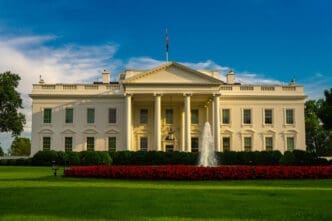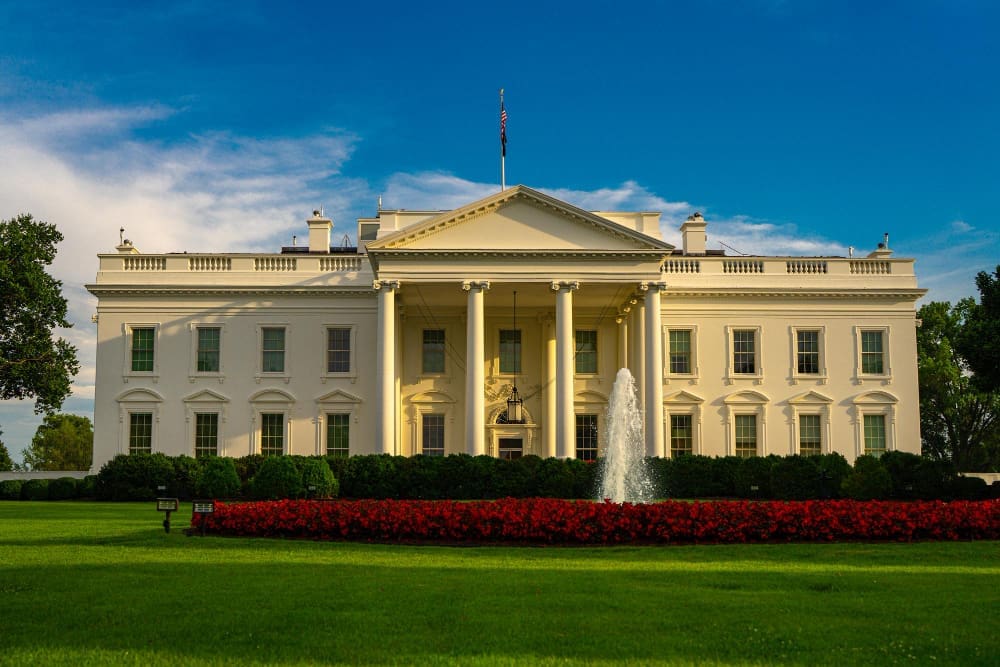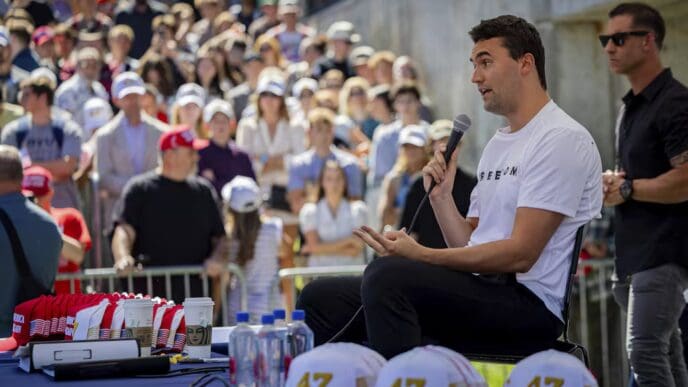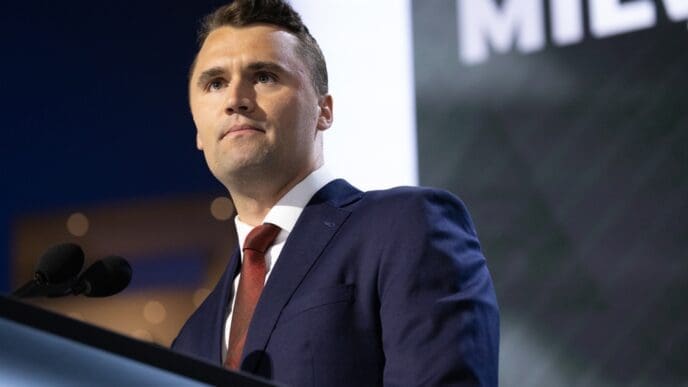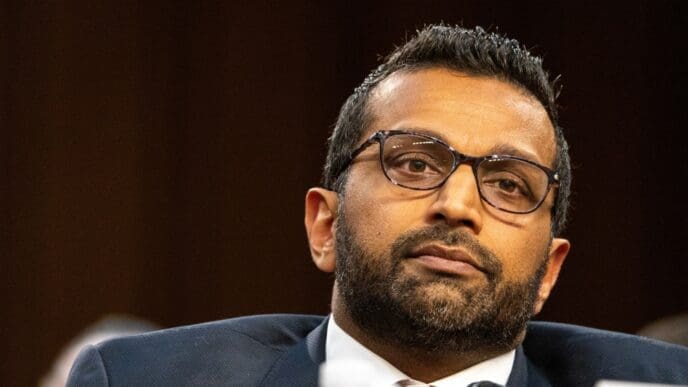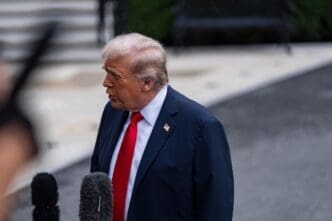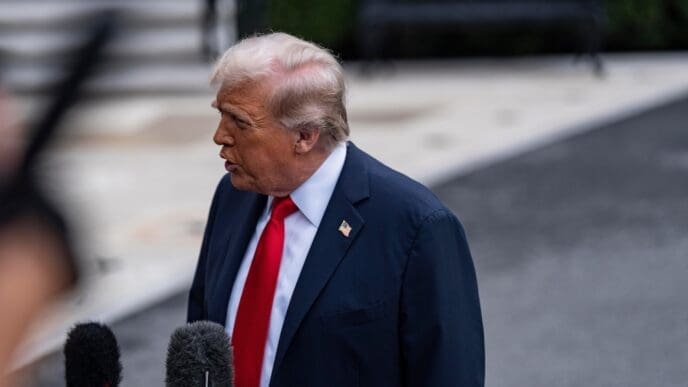WASHINGTON – President Donald Trump’s entire global tariff agenda is facing a perilous legal challenge in federal court, just hours before a sweeping new set of levies is scheduled to take effect on Friday, creating a high-stakes showdown that could upend his administration’s trade policy and throw global markets into further uncertainty.
An appeals court on Thursday expressed deep and skeptical questions about the president’s authority to unilaterally impose these tariffs, echoing a lower court ruling that found the administration had overstepped its bounds. The legal battle is coming to a head at the precise moment the administration’s trade policy is set to enter its most aggressive phase, leaving businesses, allies, and investors scrambling as the economic ground shifts by the hour.
The core of the legal fight is the president’s use of the International Emergency Economic Powers Act (IEEPA) to justify a wide swath of his tariffs. The administration has claimed a national emergency to implement the levies, a move that the Court of International Trade initially blocked in late May, stating that the law did not “delegate an unbounded tariff authority to the President.”
On Thursday, an appeals court appeared to share that skepticism. During oral arguments, some of the judges noted that the president’s use of the emergency law effectively cuts Congress out of its constitutional role in setting tariff policy, a power the law itself does not explicitly mention. The administration has argued that its actions are well within the president’s authority, but the pointed questioning from the judiciary has created significant doubt about the long-term viability of the tariff regime.
Despite this profound legal uncertainty, the White House is pushing forward with its agenda as if its authority is not in question. The August 1 deadline for new, higher tariffs on dozens of countries is imminent. In recent days, the administration has demonstrated its flexible and often unpredictable approach, extending the negotiating deadline for Mexico while simultaneously hitting key trading partners like India, Brazil, and South Korea with new tariff threats.
This strategy is part of a broader pattern that has defined the administration’s trade policy since the president’s dramatic “Liberation Day” tariff announcement in April. The playbook has been consistent: announce punishing, headline-grabbing tariffs; temporarily pause them to allow for negotiations; and then steadily reintroduce elevated levies at levels not seen since the 1930s.
As the clock ticks down, the world is now waiting for two critical outcomes: the final word on which tariffs will snap into place at midnight on Friday, and the forthcoming, potentially landmark, decision from the federal appeals court that could determine the fate of the entire enterprise.

